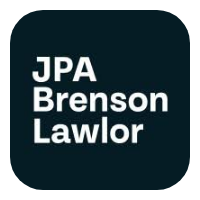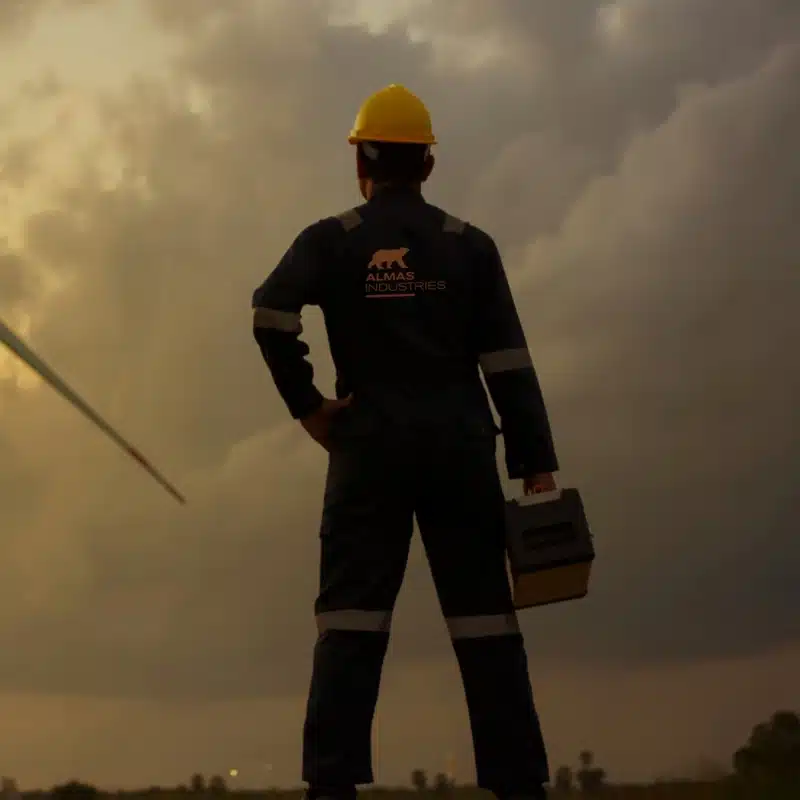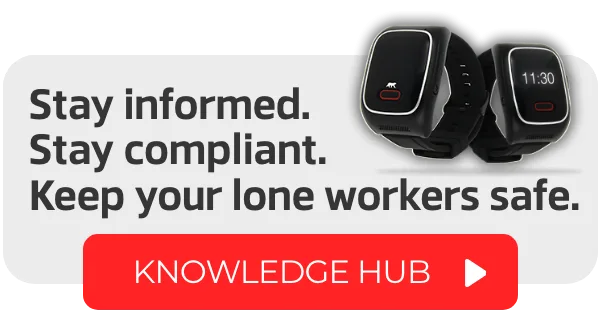
Home > Knowledge Hub > Legislation
What is Lone Worker Legislation?
All health and safety laws in Ireland fully apply to lone workers, often with increased relevance. Employers are required to ensure the health, safety, and welfare of all employees, including those lone working or without direct or close supervision.
Ensuring compliance with lone worker legislation involves implementing safe work systems, establishing comprehensive health and safety policies, providing thorough training and instruction, and maintaining a safe working environment.
Effective planning, organisation, control, monitoring, and review of health and safety measures are essential to protect lone workers from unique risks associated with their work.
The Irish HSA takes lone worker protection seriously in Ireland, with important laws and regulations in place to ensure the health and safety of employees who work alone.
Lone workers can be found across various sectors, including healthcare, agriculture, construction, and retail. The primary goal of lone worker legislation is to mitigate risks and provide a safe working environment for individuals who operate without direct supervision.
Key Lone Worker Legislation and Regulations
There are 3 key pieces of law that are relevant for lone worker safety, click on the titles for the detailed sections that apply.
Safety, Health and Welfare at Work Act 2005
The cornerstone of health and safety legislation in Ireland, the Safety, Health and Welfare at Work Act 2005, outlines general duties for employers and employees. Key provisions relevant to lone workers include:
Section 8: Requires employers to ensure, as far as reasonably practicable, the safety, health, and welfare at work of all employees, including those who work alone.
Section 19: Mandates employers to conduct risk assessments and implement necessary control measures to mitigate identified risks.
Section 20: Obliges employers to prepare a safety statement based on risk assessments, outlining how health and safety will be managed.
General Application Regulations 2007
These regulations provide more detailed requirements on various aspects of workplace safety:
Regulation 11 (Information for Employees): Employers must provide information on hazards and protective measures to employees, including lone workers.
Regulation 13 (Training): Employers must ensure that employees receive adequate training, particularly in safety procedures relevant to lone working conditions.
Regulation 28 (Health Surveillance): Employers must provide health surveillance appropriate to the risks involved for employees, including those working alone.
Code of Practice for Employers and Employees on the Prevention and Resolution of Bullying at Work 2007
While primarily focused on bullying, this code of practice is relevant to lone workers who may be at increased risk due to isolation. It emphasizes the importance of:
- Providing a supportive work environment.
- Establishing clear procedures for reporting and addressing bullying and harassment.
Risk Assessment and Management
Employers are required to conduct thorough risk assessments specific to lone working conditions and then mitigate those risks with appropriate measures and procedures.
Key steps include:
- Identifying Hazards: Determining the specific hazards associated with lone work, such as potential accidents, sudden, unattended illnesses, or violence.
- Evaluating Risks: Assessing the likelihood and severity of these hazards impacting your lone workers.
- Implementing Control Measures: Put in place measures to control or eliminate risks, such as working in pairs where possible, regular check-ins, trained emergency procedures and lone worker monitoring devices.
Responsibilities of Employers and Employees
Employers
Ensure Safety: Implement effective safety measures to protect lone workers.
Provide Training: Deliver regular training on safety practices and emergency procedures.
Monitor Health: Conduct regular health checks and provide health surveillance.
Facilitate Communication: Ensure lone workers have effective means of communication.
Review and Update: Regularly review and update safety policies and risk assessments.
Employees
Follow Procedures: Adhere to all safety procedures and use provided equipment.
Report Hazards: Notify employers of any hazards or incidents.
Participate in Training: Engage in training sessions and apply learned safety practices.
Stay Connected: Maintain regular communication with supervisors and colleagues.

Trust Almas Industries with Your
Lone Workers' Protection
We've been protecting Irish businesses since 2004.
Here's what our customers say about us.
Service, price and aftercare has always been top shelf.
Special shout out to Deirdre Hickey who has always been so professional and nothing was ever a problem.
Five 🌟 all the way.
Ian Lacey
Lunarium Property Holdings Ltd.
Little green giants crèche kilcoole , Co .Wicklow
From the very beginning, Almas Industries demonstrated exceptional professionalism and industry expertise. Their team was extremely knowledgeable and helped me navigate through their wide range of products to find the perfect CCTV system tailored to our specific security needs. Their cutting-edge technology and variety of options were impressive.
The installation process was remarkably smooth and efficient. The technicians from Almas Industries arrived punctually and carried out the installation with great skill and minimal disruption to our daily operations. They were courteous, thorough, and ensured that the premises were left clean and orderly upon completion.
One of the standout features of Almas Industries is their unwavering commitment to customer service. They provided comprehensive training on how to utilize the our CCTV system effectively and have been consistently available to answer any questions or address concerns post-installation. Their ongoing support has been crucial in maintaining the system’s optimal performance throughout the years we use
The quality of the CCTV footage is outstanding, delivering clear and detailed images both day and night. This has significantly enhanced our security measures and provided us with peace of mind, knowing that our property is under vigilant protection.

Glanua

JPA Brenson

Ollie Hayes Pub
Protect Your Lone Workers Now
Get advice on the solution that aligns with your operational structure, geographical spread of lone workers, and your operational hours.

Contact us today to work with a leader in Irish Lone Worker Protection

